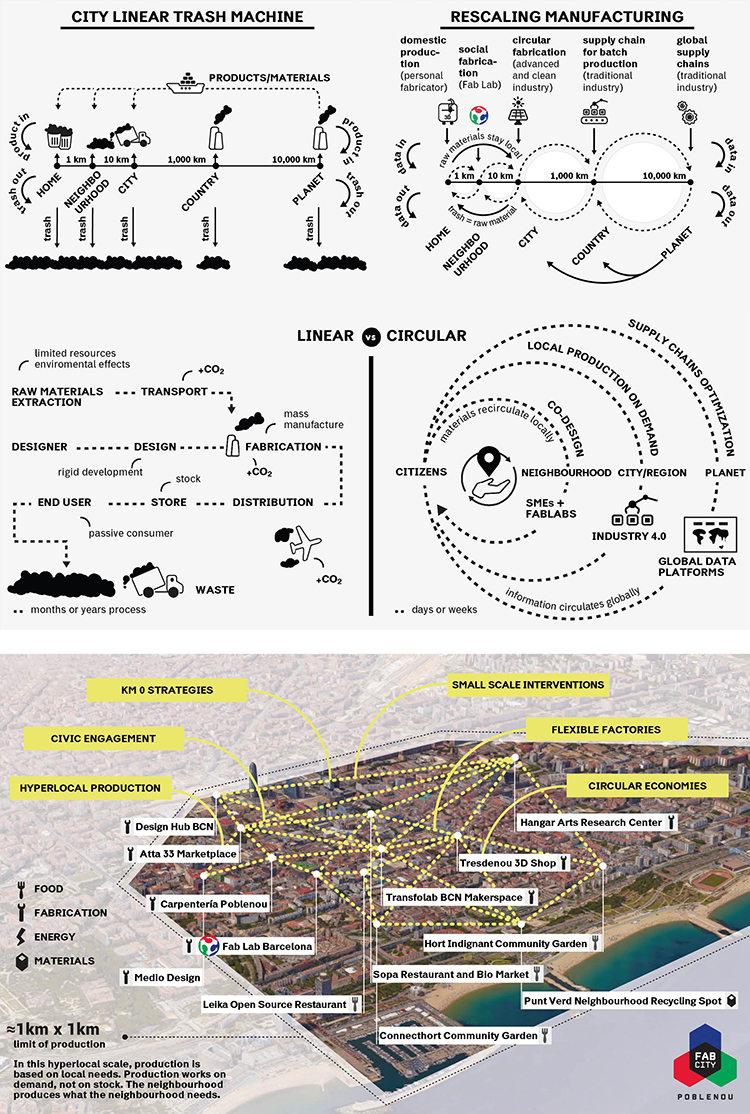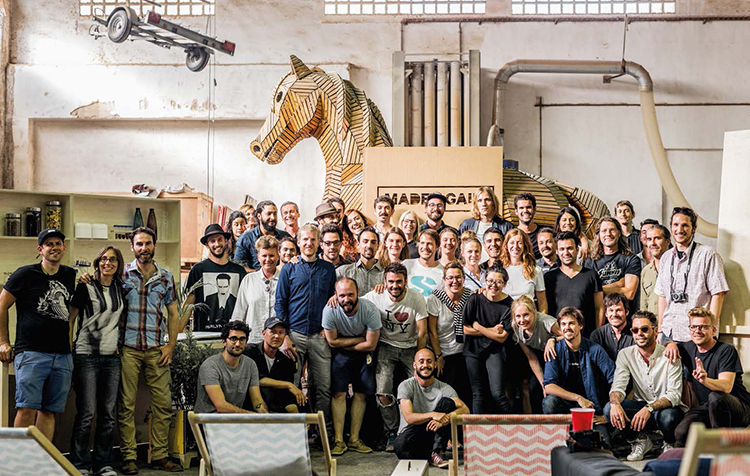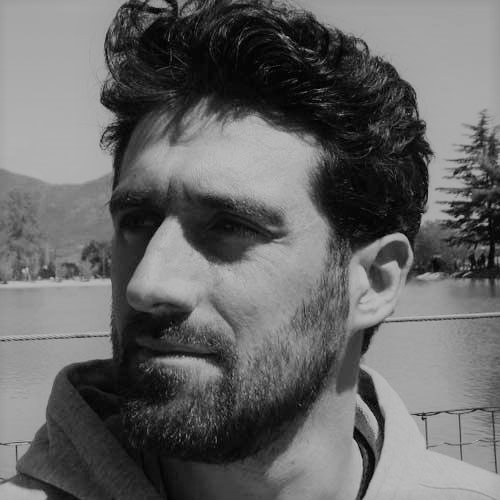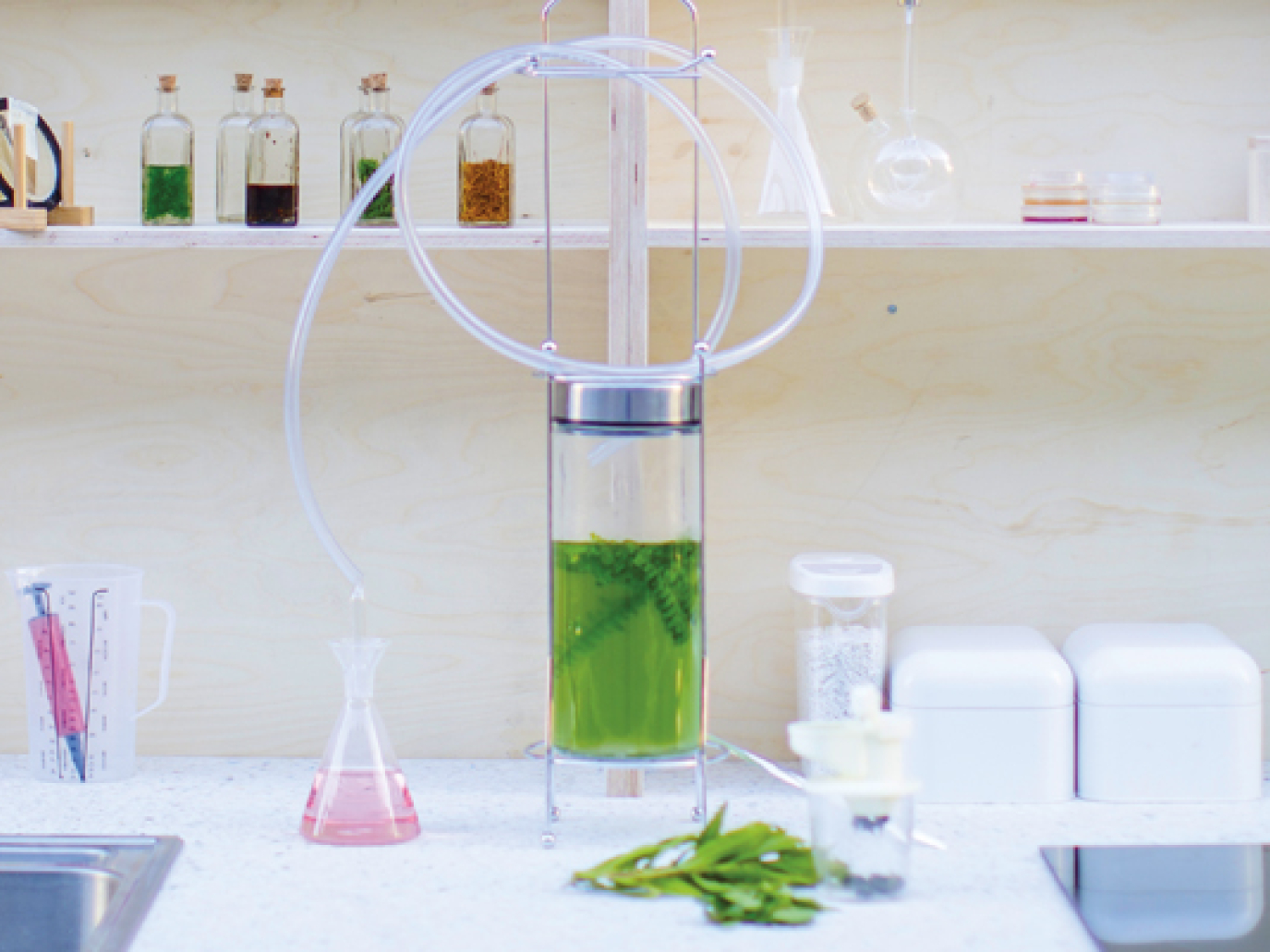There is a new idea of a society that is catching on in many cities, from Paris to Boston, Amsterdam to Barcelona. Actually, it is more of a movement stemming from the very principles of the circular economy. It’s the Fab Cities, urban ecosystems in their own right which are emerging as the image and model of fabrication laboratories, now scattered all over the world. The Fab Labs are physical places where spaces, technologies, software, tools and various types of craftsmanship are shared to reach speedy prototyping of new products, often linked to digitalisation and sustainability. A Fab City is created for this very reason: a new urban model conceived for self-sufficient cities able to locally produce what they need while globally connected. Food, materials and processes are interlinked in an ecological system able to dramatically reduce the need for raw materials and energy, while reusing local resources and materials. From here, Space 10 – a Danish design studio – in collaboration with Fab City Research Laboratory of IAAC (Institut d’Arquitectura Avançada de Catalunya) and IKEA – created the first Fab City prototype in Barcelona. A competition of ideas where architects, IKEA designers, biologists, local manufactures and artisans partook in a project that went beyond the concept of recycling and upcycling.

The Fab City Movement
Launched in Lima in 2011 during the FAB7 international conference by Institut d’Arquitectura Avançada de Catalunya, MIT Center for Bits and Atoms, Fab Foundation and by the Municipality of Barcelona, the Fab City Movement has quickly grown the world over. Barcelona committed itself to becoming a self-sufficient city (at least up to 50%) by 2054. In other words, it will produce all it consumes, it will act as a source for open source projects conceived for smart cities and recycle most materials. In 2014 the appeal was launched worldwide and in 2015 at least 12 large cities including Amsterdam, Paris and Boston joined the project followed by two nations (Bhutan and Georgia), thus allowing the movement to grow all over the world.
The Poblenou Trial in Barcelona
Poblenou – “new village” in Catalan – is a neighbourhood of the Spanish city that over the years has undergone profound transformations: from an industrial village, it has evolved into a district devoted to art, design and above all ICT (Information and Communication Technology). In 2016, Space 10 took part in Made Again Challenge: a one square kilometre district turned into a Fab City, where the circular economy model could be actively tested. About ten interconnected Fab Labs opened their doors to citizens too, making available milling machines, 3D printers and laser cutting machines. Here a new production concept was tested, different to how we have ever experienced it. No more materials and products made thousands of kilometres away, sent and sold to passive consumers, but a production system able to use local resources for local needs. The very people living in the neighbourhood have been involved in the project. They collected rubbish, plastic, wood, metal and were inspired by fabrics such as Ecoalf, produced with fibres from plastic collected on Spanish coasts. Or by panels manufactured with recycled materials by Smile Plastics. Or again by Piñatex, eco-leather obtained from pineapple leaves. Totally new objects were thus born as well as original and singular pieces of furniture and furnishings were created, that went beyond a mere formal exercise or recycling.

The idea is to create a network within a city, able to communicate, produce and share, while reducing consumption, waste, materials, refuse and consequently emissions linked to industrial production and manufacturing. But the trial went beyond this: a group of biologists, of mushroom experts and designers created a “biological laboratory.” A sort of indoor biological composter, where on the one hand living organisms could be farmed in order for them to digest some organic materials which otherwise would be landfilled and on the other it would supply biobased building materials, starting from mycelium. Mushrooms’ vegetative part can indeed be used as building insulation instead of polyurethane foams. In theory, every neighbourhood could have their own biological laboratory to grow mushrooms or algae.
True, going from one paradigm to another will not be simple, nor will it occur in the short term. But the very idea of a circular city can kick start a collaboration and creation of new opportunities, which could rebalance the impact our society has on the planet.
Space10, space10.io
Fab City Research Laboratory, iaac.net/research-departments/fab-city-research-laboratory



